How to Control Grey Leaf Spot in your Lawn
Grey Leaf Spot is a fungal disease that can affect both grassy and broadleaf plants. The disease is often a problem during wet and humid spring weather. Lawns infected with ...

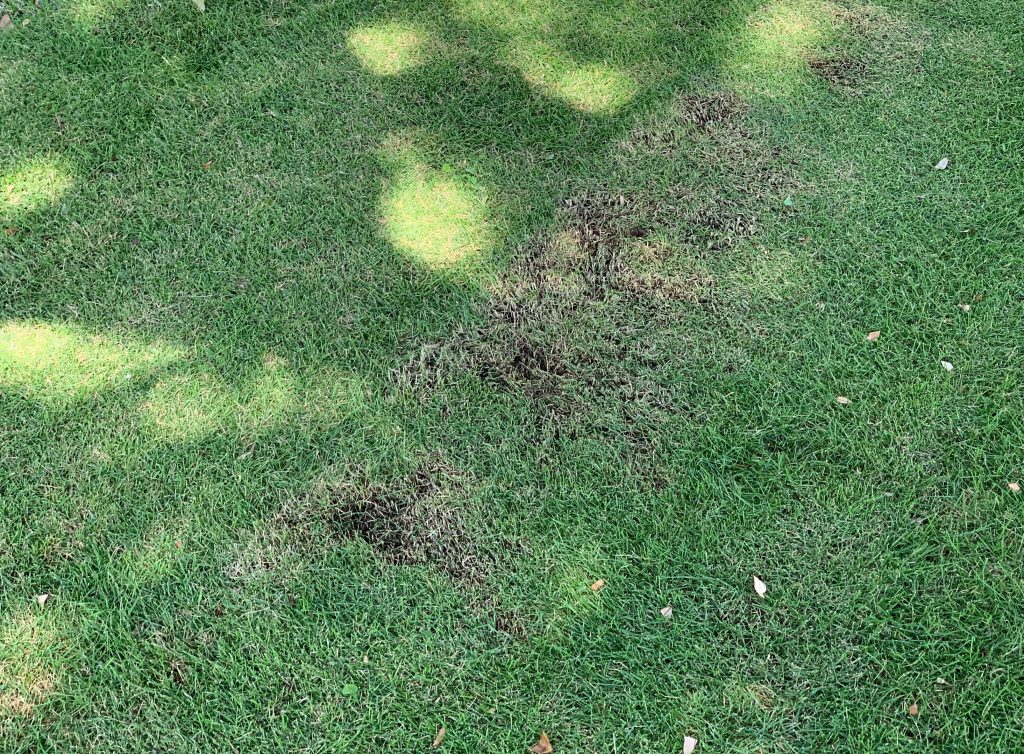 Black Spot is characterised by black spots on the upper side of your lawn’s leaves and occurs due to fungal diseases such as Leaf Spot, Pythium Blight, Leaf Smut and Slime Mould.
Black Spot is characterised by black spots on the upper side of your lawn’s leaves and occurs due to fungal diseases such as Leaf Spot, Pythium Blight, Leaf Smut and Slime Mould.
These black spots not only look unattractive and serve as an eyesore, but they also sabotage the health and vigour of the lawn and weaken its structure.
Black Spot can infect all grasses, both warm and cool season varieties.
During warmer weather, massive deluges combined with heat and humidity create the ideal conditions for Black Spot.
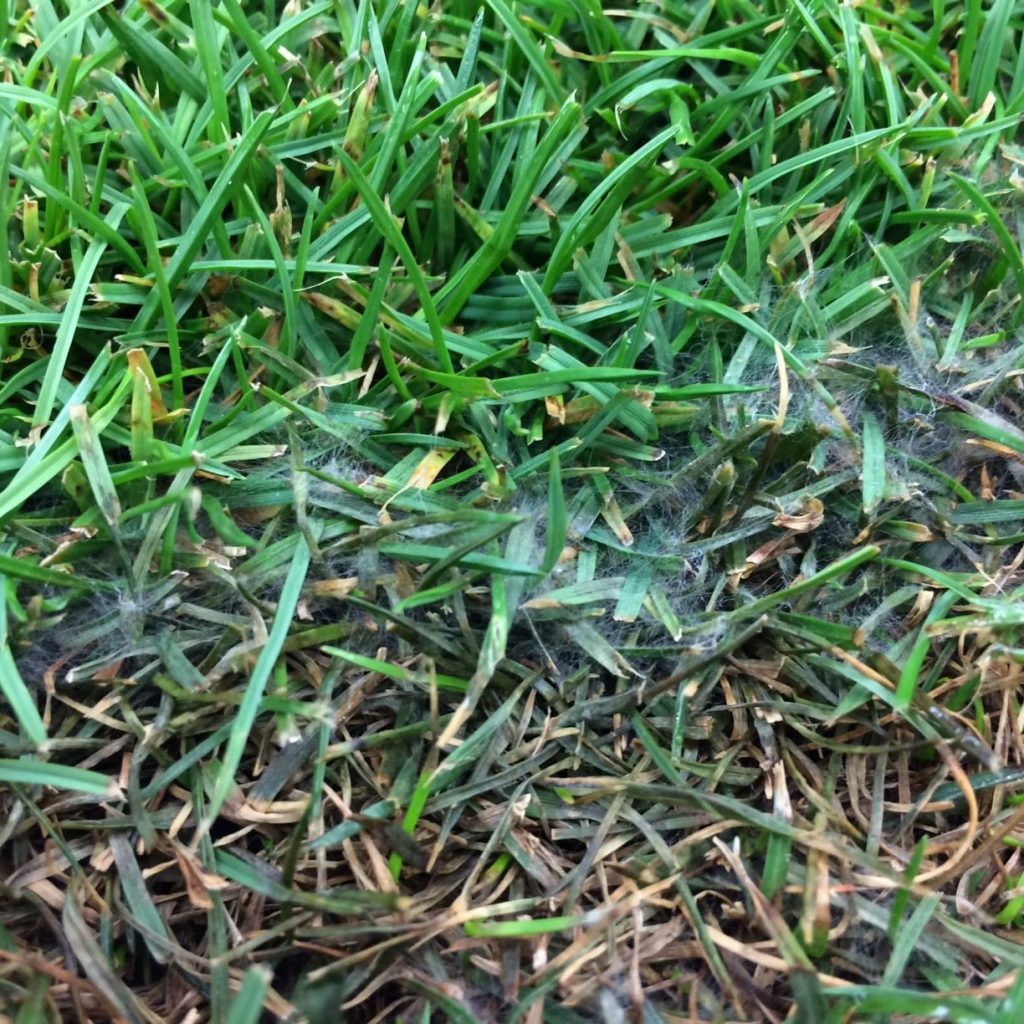
Black Spot does require immediate attention to control spread and to aid the grass in regaining its health and natural colour. A range of management controls is recommended for lawn owners which are suitable across a broad range of fungal diseases prior to using a fungicide.
These include:
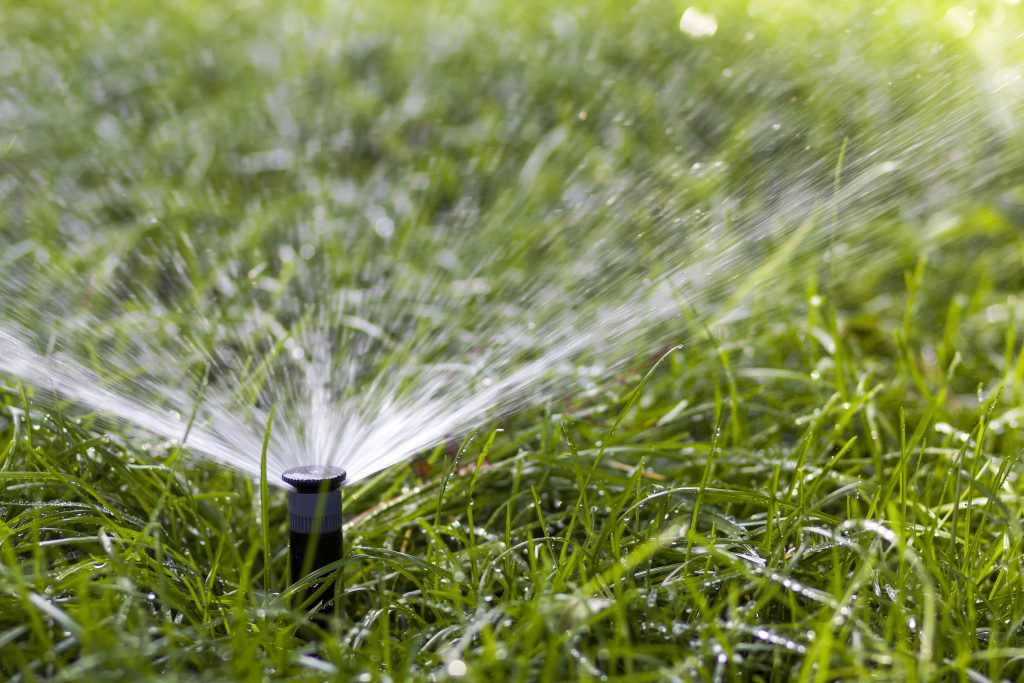
Avoid over-watering your lawn, particularly in shaded areas to prevent Black Spot.
Shade prevents the quick evaporation of dew or surface water and continued dampness will encourage Black Spot.
Water in the early morning, deeply but less frequently, to encourage stronger roots and to allow the water to absorb properly and the grass to dry-off.
Over applying fertiliser or under applying to nutrient deficient soils can promote Black Spot.
Speak to your Local Garden Centre for advice on how much fertiliser to apply to your particular lawn variety.
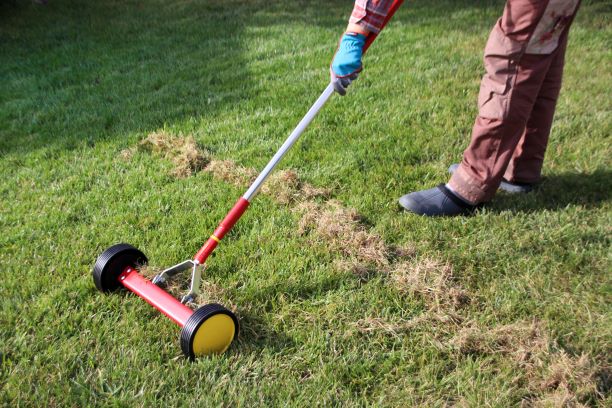 While thatch, such as dead organic material, is a natural and beneficial part of all lawn, it becomes a real problem when it increases to excessive amounts.
While thatch, such as dead organic material, is a natural and beneficial part of all lawn, it becomes a real problem when it increases to excessive amounts.
Dethatching prevents waterlog in your roots and allows proper drainage, this will help to prevent the risk of Black Spot.
Aeration will improve your lawns ability to absorb water, nutrient and oxygen which will help your lawn stay healthier.
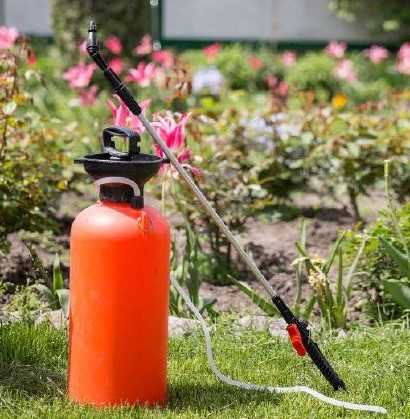 If lawn management does not work, then you will need to apply a fungicide to kill the fungi and the spores within the soil or lawn.
If lawn management does not work, then you will need to apply a fungicide to kill the fungi and the spores within the soil or lawn.
It is important that you first identify the specific fungal disease causing the Black Spot, such as Leaf Spot, Pythium Blight, Leaf Smut and Slime Mould, so the correct steps to rectify and eradicate the disease can be made. This can be done by taking a sample to your local Garden Centre.
Mancozeb is a trusted protectant fungicide that controls a wide range of diseases like Powdery Mildew, Dollar Spot, Rust and Black Spot.
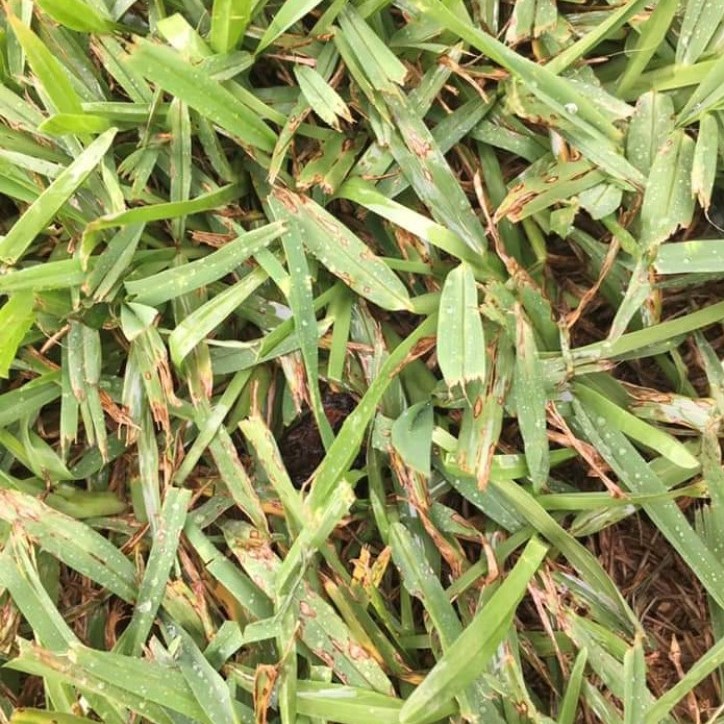 For best results and the eradication of Black Spot, a complete spray of the entire lawn is recommended.
For best results and the eradication of Black Spot, a complete spray of the entire lawn is recommended.
For more information on specific fungal diseases and how to treat them contact your Local Garden Supplier.
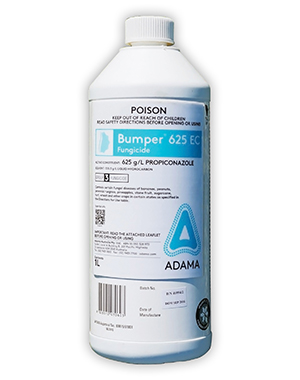
Bumper 1L liquid Fungicide is a quality control product for specific diseases found in Couch grasses. The application rate of Bumper 1L Fungicide is 24mL/100sqm but it should not be applied to your lawn under heat or moisture stress.
SHOP NOW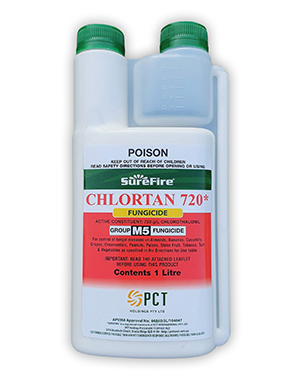
Chlortan 1Lt liquid Fungicide has the active ingredient of Chlorothalonil (720g/L). Suitable for Zoysia, Kikuyu, Couch and Buffalo grasses, but be sure not to mix spraying oils or wetting agents with Chlortan 1lt Fungicide.
SHOP NOW